by Larry Jordan
on April 14, 2014
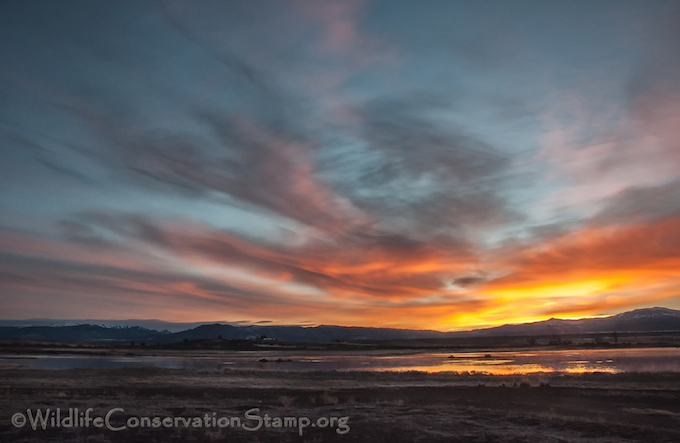 Sunrise at Modoc National Wildlife Refuge (Click on photo for full sized image)
Sunrise at Modoc National Wildlife Refuge (Click on photo for full sized image)
Do you love National Wildlife Refuges? America’s National Wildlife Refuge System is the world’s largest network of protected areas dedicated to wildlife conservation. For more than a century, the refuge system has been integral to bringing species such as the whooping crane back from the brink of extinction. Each year, tens of millions of people visit and enjoy national wildlife refuges in every U.S. state and territory, infusing nearly $1.74 billion into local economies and creating more than 32,500 U.S. jobs1.
Would you like to be part of creating an additional income stream for our National Wildlife Refuge System? If you haven’t heard of our proposal for a Wildlife Conservation Stamp we don’t know where you’ve been! We have been promoting a plan to get an alternative stamp issued to increase revenue for our refuges and our proposal is gaining traction.
We are looking for bird enthusiasts, photographers, bloggers, biologists, hikers, conservationists, wildlife rehabilitators, scientists, teachers, artists and anyone else with a common passion and concern for our nation’s wildlife and wild habitats to join us in encouraging our legislators to create an alternative to the Duck Stamp for non-consumptive users of the wildlife refuges.
If this sounds like a great idea to you, providing a consistent source of income for our refuges, separate but parallel to the current Federal Duck Stamp program, please fill out our short submission form to be included as a supporter on our “About Us” page. If you represent an organization, we have a separate submission form to be included on our “Organizations in Support” page. We will keep you updated on our progress in this endeavor and entertain suggestions on the best way to implement our proposal.
In the meantime, head on over and check out our latest blog entry on “Modoc National Wildlife Refuge Is Nesting Habitat for Greater Sandhill Cranes.”
References: 1Defenders of Wildlife
{ }
by Larry Jordan
on March 26, 2014
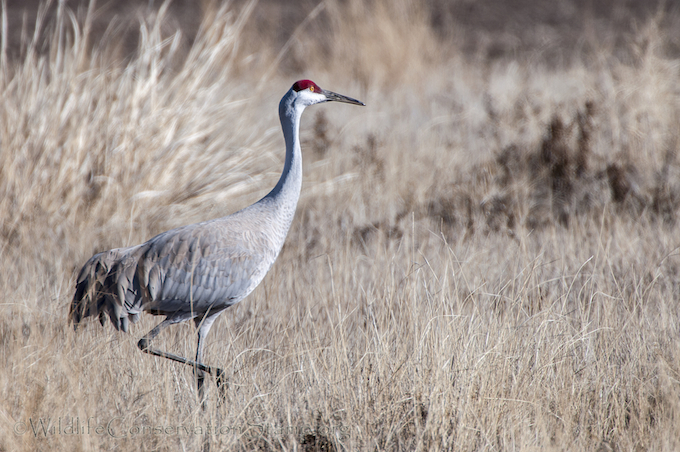 Sandhill Crane (Grus canadensis) at Modoc National Wildlife Refuge photo by Larry Jordan
Sandhill Crane (Grus canadensis) at Modoc National Wildlife Refuge photo by Larry Jordan
Sandhill Cranes (Grus canadensis) are migrating back northward to their breeding grounds. I photographed this crane and his mate at Modoc National Wildlife Refuge about a month ago and will be writing a post for the Wildlife Conservation Stamp blog soon on that Northern California refuge.
Check out my latest West Coast Beat Writer post at 10000 Birds on these charismatic ancient birds. You can also click on the photo above to see the full sized image of this photograph which has also been added to our Wildlife Conservation Stamp Flickr page!
{ }
by Larry Jordan
on March 20, 2014
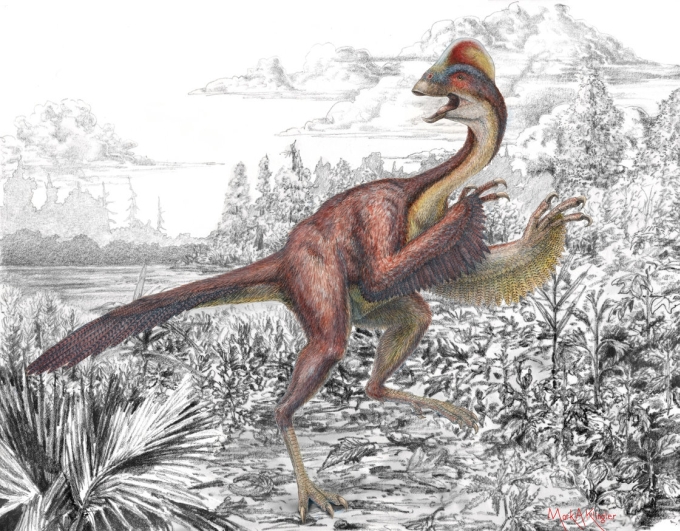 Illustration by Mark Klingler/Carnegie Museum of Natural History
Illustration by Mark Klingler/Carnegie Museum of Natural History
What does a 500 pound chicken with five inch claws eat? Whatever it wants!
Matt Lamanna, the top dinosaur scientist at the Carnegie Museum of Natural History in Pittsburgh, calls the creature Anzu wyliei. Apparently paleontologists have been trying to figure out what animal a collection of bizarre bones belongs to for the past decade, and know they know.
The latest three specimens were dug up from the Hell Creek geological formation in Montana and the Dakotas, hence the name. What a bird! You can listen to the full story from NPR here.
{ }
by Larry Jordan
on March 18, 2014
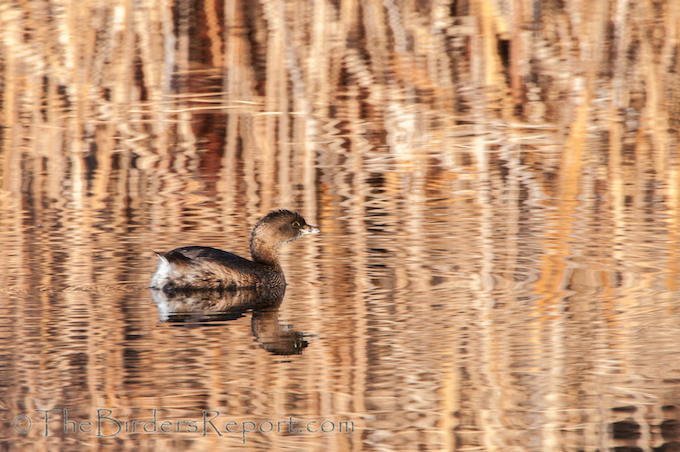 Pied-billed Grebe (Podilymbus podiceps) photos by Larry Jordan
Pied-billed Grebe (Podilymbus podiceps) photos by Larry Jordan
The Pied-billed Grebe has the widest distribution in the Americas of any grebe, breeding from northern Canada through the West Indies and Central America to southern South America1.
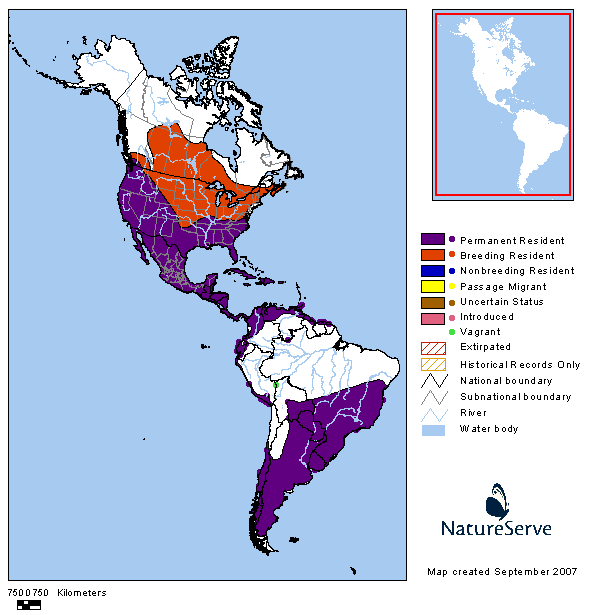
I photographed these grebes recently at Lema Ranch, one of the better birding hot spots in Northern California.
 The Pied-billed Grebe is an aggressive bird, threatening, chasing, and attacking both members of its own species and other birds. Males, which are larger than females, do most of the territorial defense; attacks are often made from under water, and many birds, especially grebes, react by fleeing when a Pied-billed Grebe dives toward them1.
The Pied-billed Grebe is an aggressive bird, threatening, chasing, and attacking both members of its own species and other birds. Males, which are larger than females, do most of the territorial defense; attacks are often made from under water, and many birds, especially grebes, react by fleeing when a Pied-billed Grebe dives toward them1.
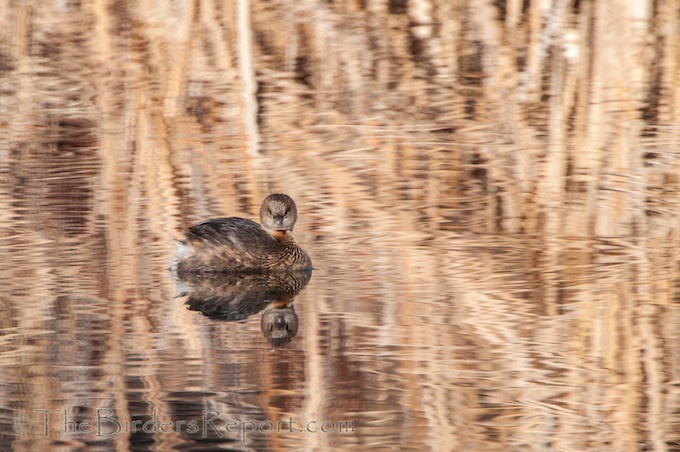
These grebes are still in their winter, non-breeding or definitive basic plumage.
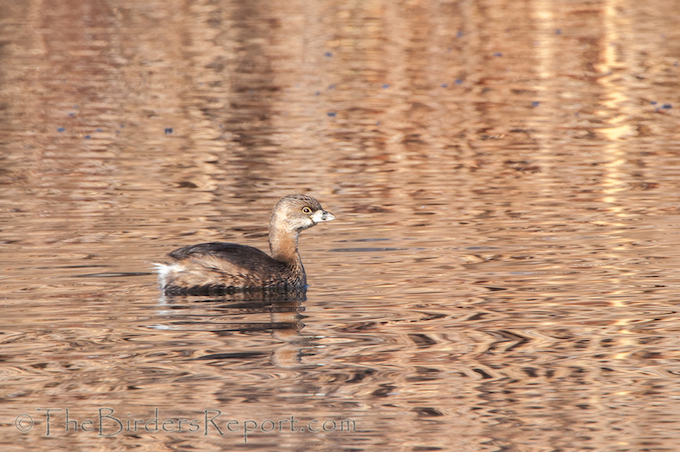
They can be very boisterous and are often heard before they are seen.
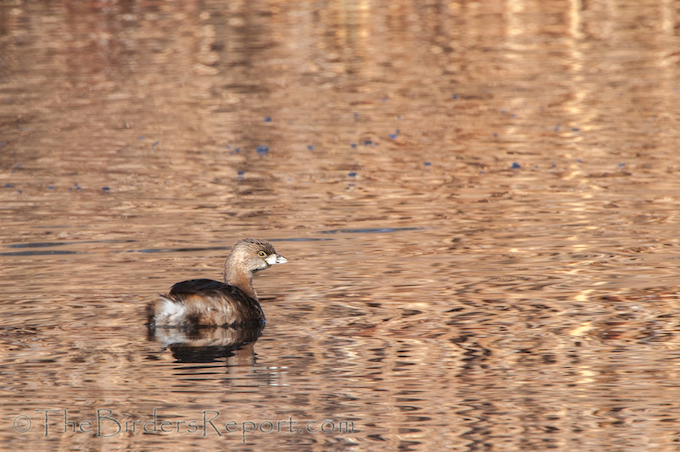 I found this video of a Pied-billed Grebe pair in breeding plumage giving their typical call which you may have heard when visiting a freshwater marsh or lake.
I found this video of a Pied-billed Grebe pair in breeding plumage giving their typical call which you may have heard when visiting a freshwater marsh or lake.
You can see more great bird photos at Wild Bird Wednesday and The Bird D’pot!
References: 1Birds of North America Online
{ }
 Sunrise at Modoc National Wildlife Refuge (Click on photo for full sized image)
Sunrise at Modoc National Wildlife Refuge (Click on photo for full sized image)











Social Media Connect